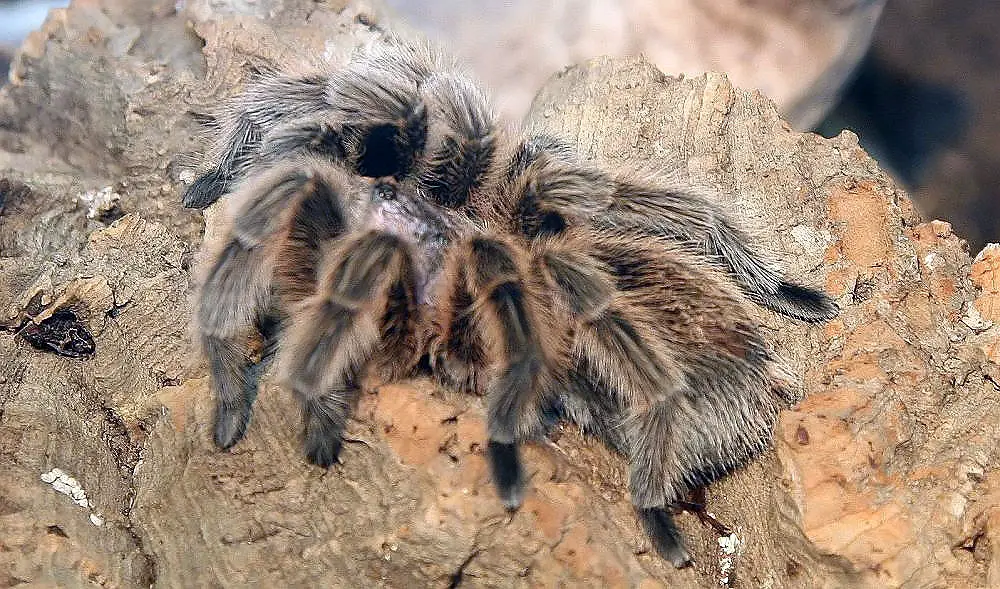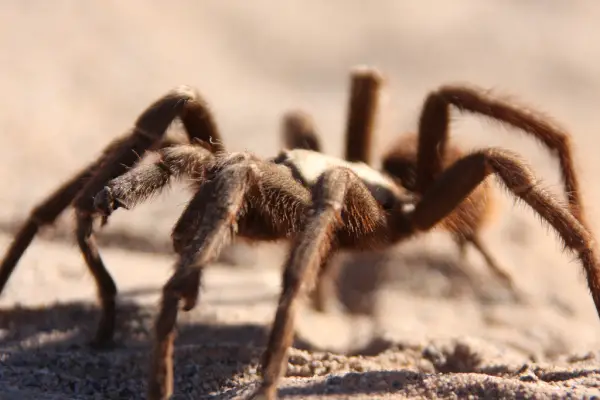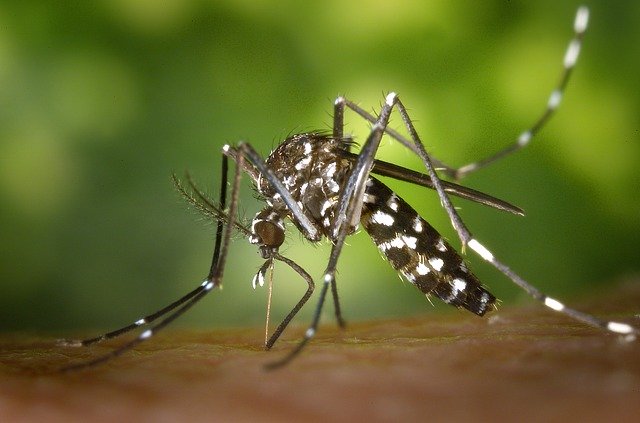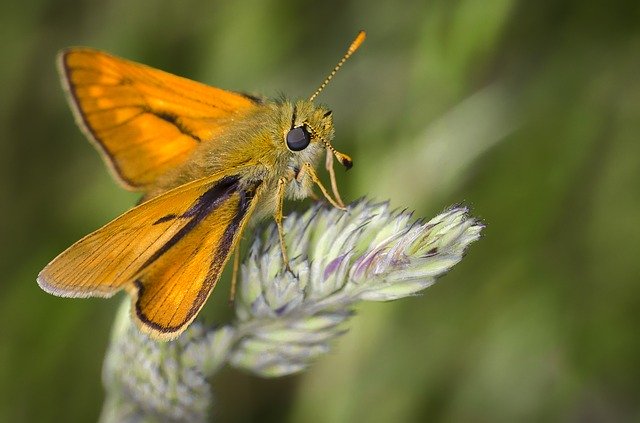Ramp up your mind to enjoy some of the most interesting earthworm facts for kids including earthworms habitat, reproduction, and natural predators, An earthworm is a fragmented animal that is regularly known to reside in soil. Earthworm belongs to the order Haplotexida with the order of Megadrilacea. These species can be easily recognizable because of their tube-like shape. The earthworm’s digestive system courses straight away through its body. They are basically hermaphrodites. Earthworms are some of those invertebrates that do not have skeleton but it has fluid-filled chambers that operate just like a hydro-skeleton. These chambers ensure the proper balance of its structure.
Learn more: What Do Worms Eat in the Wild?
The largest members of the family Oligochaeta is commonly referred to as earthworms. Earthworms, on the basis of their size, are classified into different species such as the larger animals are called megadriles while the smaller ones are known as microdriles. The megadriles, as compared to the microdriles, have more diverse clitellum.
Interesting Earthworm Facts For Kids
- The length of an adult earthworm ranges from 10 mm to 3m. These lengths are entirely depends upon the species. One of the species named, Lumbricus terrestris can grow to length of about 360 mm.
- The width of these species ranges from 1 mm to 25 mm.
- The earthworms are cylindrical in shape. There are Grooves that separates the segments of its body.
- There are hairs on each segment that are known as setae. These hairs aid these animals to move. The segments on an adult earthworm’s body are the same as it were when it was born.
- Earthworms play a pivotal role in enhancing the fertility of soil by altering large organic leaves into rich humus.
- These animals are also capable to digest small soil particles that measures around 1/20 of an inch crosswise.
- There are around 6,000 earthworm species, but only 150 of them are extensively distributed across the world. Some of these types are cosmopolitan and peregrine earthworms.
- These animals tend to take a trip underground by way of their muscular tightening that ultimately stretches and contracts its cylindrical body.
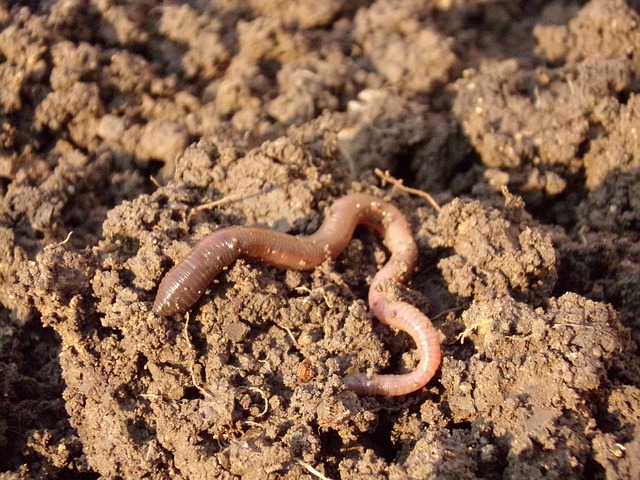 Reproduction | Facts about Earthworms For Kids
Reproduction | Facts about Earthworms For Kids
There is a couple of testes’ pairs enclosed inside the sacs. Earthworms have 2 – 4 seminal vesicles pairs that generate and discharge the sperm through the male pores. The cocoon develops in about 2 – 3 months period. They will grow to the full size after one year. On an average, the lifespan of earthworms is about 4 – 8 years. However, some species that are often lives in garden varieties survive no longer than couple of years.
Where Do Earthworms Live
The earthworms are basically ground-dwelling animals and they are mostly found underground. However, not all species reside in soil; earthworms habitat depends upon the type of species. The Eisenia fetida can be found in decaying plants and manure; the Arctiostrotus vancouverensis that belongs to Vancouver Island, is known to survive on conifer logs. There are few species that lives in mud or streams. There are some that are regarded as aquatic, some littoral, and some arboreal.
The population of earthworms is entirely depends on the physical as well as chemical properties of the soil. These properties also affect earthworms diet and food availability. Nearly all species likes to live in slightly acidic soil.
Earthworms Natural Predators | Facts about Earthworms For Kids
There are a large number of earthworms’ predators. These include several types of birds such as gulls, European Robins, crows, American Robins, Starlings, thrushes. They are also preyed upon by snakes and mammals including hedgehogs, foxes, bears, and moles. The invertebrates include ground beetles, slugs, snails, and other beetles.

